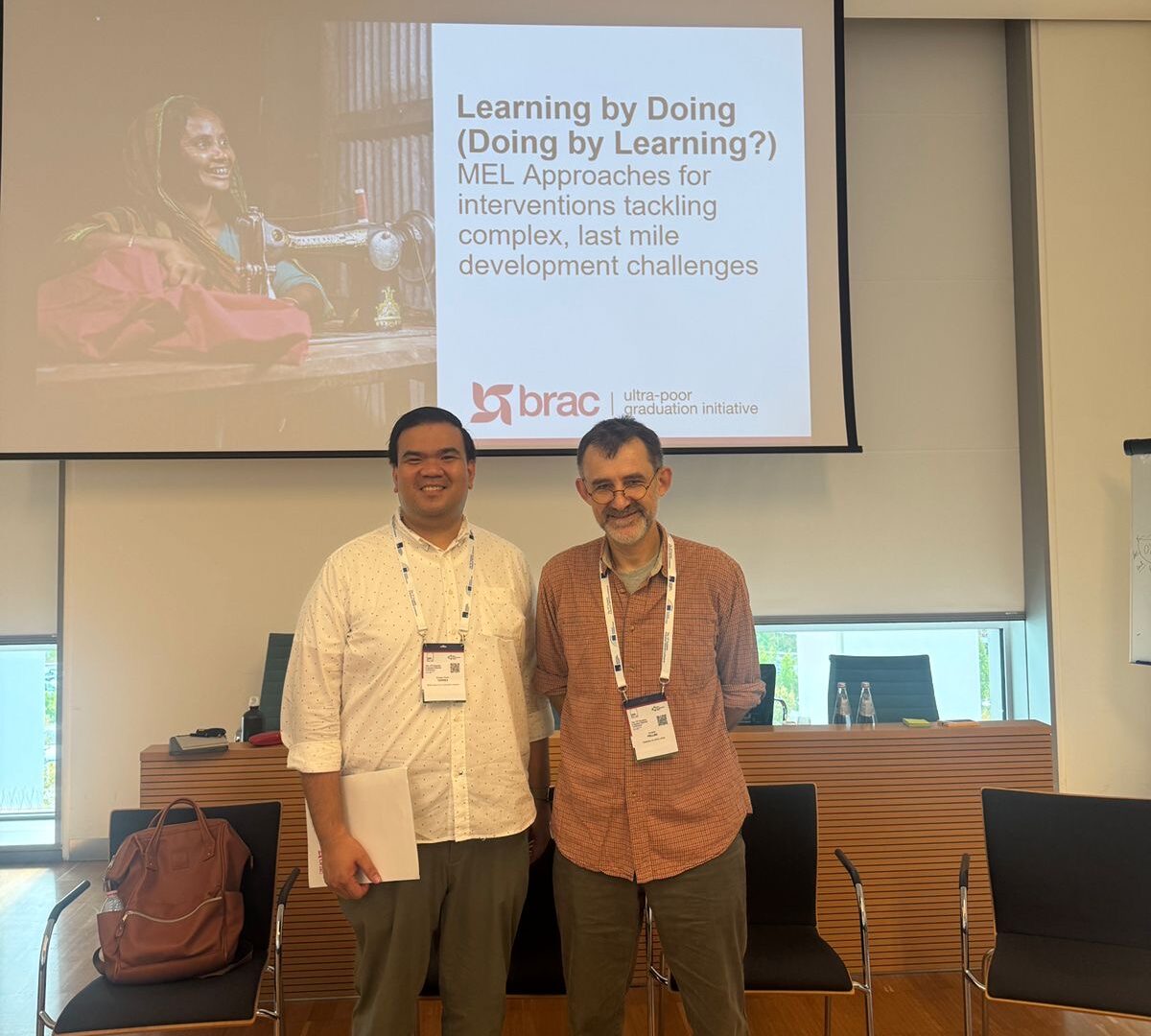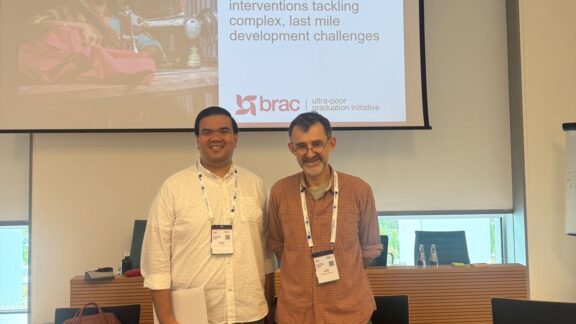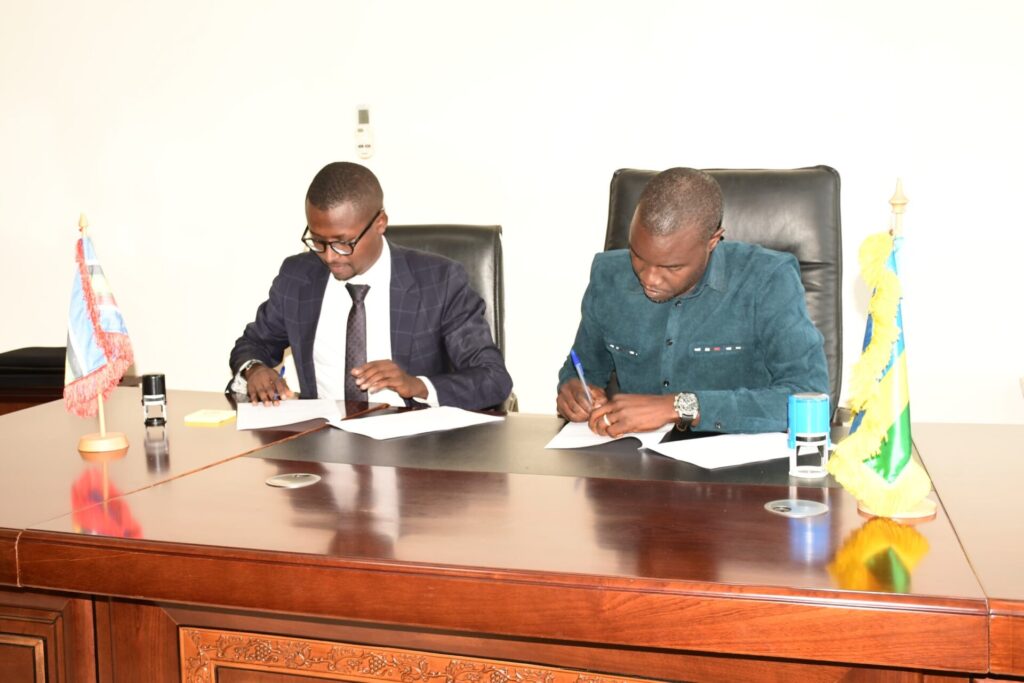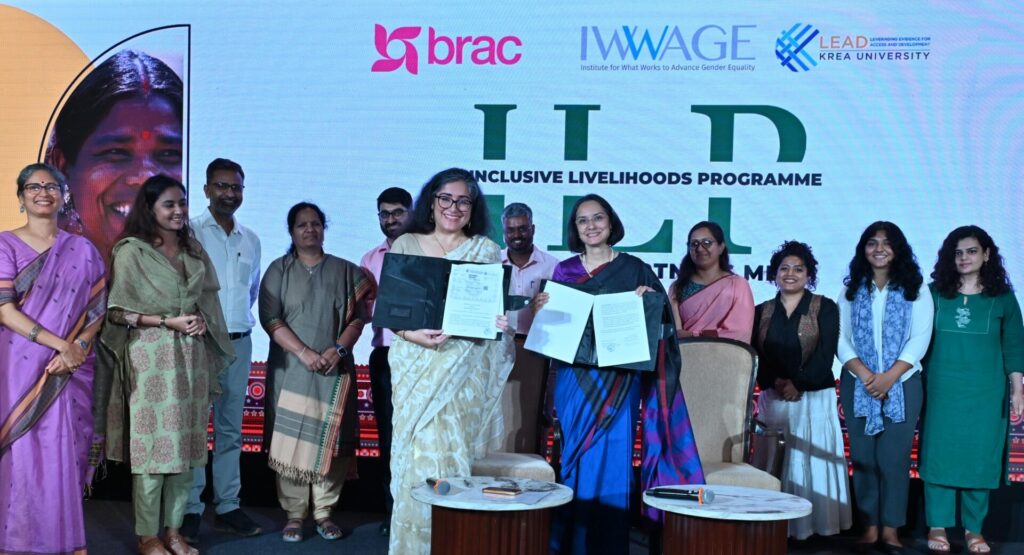In 2000, Jane Jacobs wrote about the complexity and unpredictability of development in her book The Nature of Economies. She described development as an open-ended process, a qualitative change that “can’t be usefully thought of as a line, or even a collection of open-ended lines. It operates as a web of interdependent co-developments.”
The idea of interconnected and evolving systems aligns closely with the question that often arises in poverty reduction and social development initiatives: How can we balance the ambition of shifting or influencing unpredictable governance systems while staying focused on clear, outcome-driven objectives? And what is the role of measurement and learning to achieve this balance?
A compelling answer is emerging from practitioners – the portfolio approach.
There is the increasing recognition of portfolio approaches as a viable mechanism for tackling complex social development challenges through adaptive management.
But what exactly is a portfolio approach, and how can it assist development initiatives trying to influence and shift governance and policy systems?
What is a Portfolio?
Portfolios can be described as frameworks that encompass a range of interconnected, strategic interventions and actions designed to address a main policy challenge. Rather than relying on a single (possible) solution, a portfolio approach involves a number of actions and experiments that together might have a better chance of shifting the governance system or influencing policy reforms.
Multiple actions are designed and implemented simultaneously or through close sequencing. A key assumption is that the contribution to change of the portfolio is the result of the sum of its parts. For instance, a development initiative, such as BRAC’s Ultra-Poor Graduation Initiative, aiming to influence policy and governance systems to tackle extreme poverty at scale and through government systems, can design and implement several coordinated interventions.
The UPGI programme operates with this understanding in their work to support governments to adapt and adopt elements of the Graduation approach. This well researched approach, developed by BRAC in Bangladesh over the past 20 years, addresses extreme poverty through a multifaceted set of interventions, including an asset transfer, basic needs support, and ongoing coaching. However, scaling such an approach through government systems requires more than replication—it requires re-designing the approach through the lens of what is politically supportable and administratively feasible for governments to deliver at scale. This is not a one off, linear, plannable exercise. It necessitates continuous engagement with a dynamic system of evolving priorities, diverse actors, and varying capabilities, where flexibility and adaptability are key to navigating complexities and achieving sustainable impact.
By designing a portfolio of strategic interventions, UPGI supports governments in countries like Rwanda, Indonesia, and the Philippines as they explore ways to scale Graduation through their governance systems. Instead of following a rigid blueprint, country teams working with government partners are constantly refining and adapting their strategies based on new insights, learning, and evidence collected through a portfolio of interventions. This includes time-bound actions and projects, policy advocacy, building partnerships with government agencies, development partners, research institutions, and offering technical support to tailor the key elements of Graduation to the complexity of government systems.
The Role of Monitoring, Evaluation, and Learning (MEL)
The portfolio approach necessitates and fosters continuous learning and adaptation. A key element of this approach is strategic learning, which we define, drawing from Julia Coffman and Tanya Beer, as the use of data and insights from various information-gathering methods, including evaluation, to inform strategic decision-making. Strategic learning occurs, they add, when organizations integrate data and evaluative thinking into their work and adapt their strategies based on what they learn.
Without strategic learning, adaptation and iterations within the portfolio are not possible.
UPGI uses its portfolio of interventions to engage government partners, while simultaneously gathering evidence that informs strategic decisions – taking a ‘learn by doing’ approach. This ongoing process enables teams to adapt their strategies to the evolving administrative, political, and economic realities of each country in close to real time. The result is a more responsive process to support scaling, that doesn’t just replicate solutions but applies insights and tailors to the unique needs of each system.
Monitoring, Evaluation, and Learning (MEL) systems that rely on traditional pre-determined and static indicators prevent portfolios from evolving in sync with the system they try to influence and shift. They prevent the quick iteration that a dynamic portfolio management requires.
Portfolio approaches require MEL systems that are designed to capture near real-time data and facilitate the emergence of insights and learning from across the programme team that support strategic decisions to adapt action and strategies. Moreover, the MEL function also has a role to play in facilitating strategy development with implementing teams to design the portfolios of actions that aim to scale Graduation through governance systems.
What we are learning is that a helpful MEL function for UPGI’s programme teams operates simultaneously at two levels to support the country teams where we work: (a) at the action and project level, documenting our efforts and monitoring the policy changes we aim to contribute to with our partners, and (b) at the strategy and portfolio level, facilitating analysis and sense-making and supporting evidence informed strategic decisions with the teams. In these dynamic spaces, the boundaries between measurement, strategy, and actions become fluid. The MEL function is closely integrated with real-time actions and fast-paced decisions, while also convening, facilitating and documenting spaces and moments for teams to step back from day-to-day actions and consider the broader portfolio, assessing whether we are making progress and where adjustments or more substantial shifts to strategy may be needed.
Conclusion: The Portfolio Approach in Practice
Evidence supports that a portfolio approach can provide the structure needed to address complex, systemic challenges while staying focused on clear objectives, such as influencing policy systems to eradicate extreme poverty. It enables development programmes to navigate uncertainty, adapt to changing circumstances, and continuously learn from their interventions.
A portfolio approach is not a magic bullet, but in a world where development challenges are increasingly complex and interlinked, it embraces the idea of interdependent co-developments of the change processes suggested by Jane Jacobs in The Nature of Economies and offers a powerful way forward.





